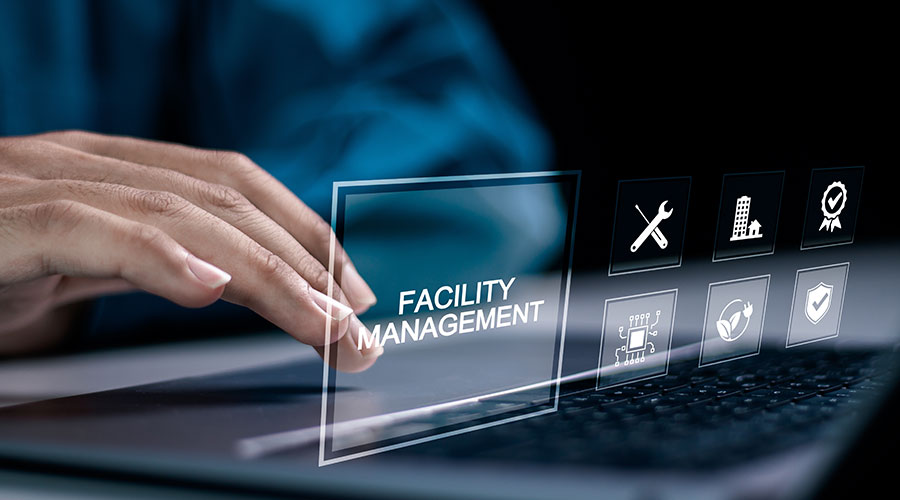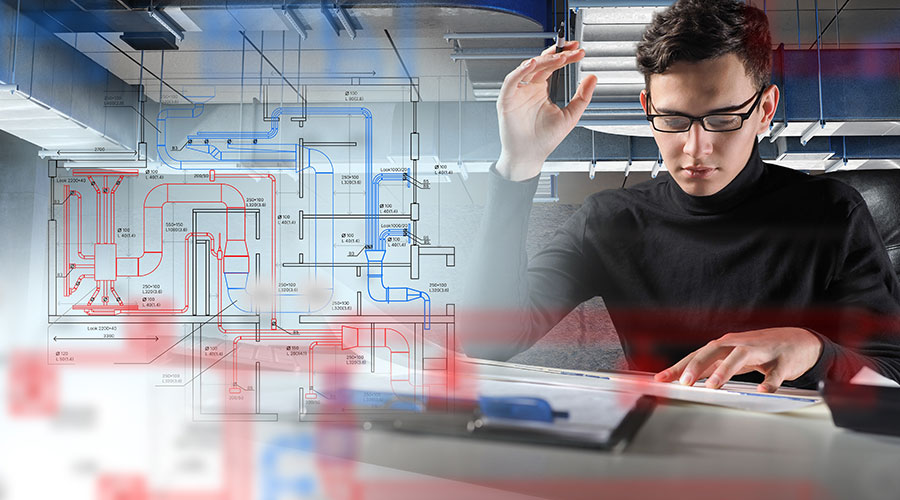Review a Sample Fixture to Ensure Lighting Quality
November 7, 2011
Today's tip from Building Operating Management comes from Frank Feist, a senior designer with MCLA: When conducting a lighting retrofit, facility managers should review sample fixtures to ensure that they will provide adequate lighting quality.
Lighting retrofits to improve energy efficiency are fairly common in facilities. When lighting is being upgraded, it's important to ensure that the space will also look good after the upgrade is complete. That means paying attention to lighting quality.
One important consideration is the quantity of light. Facility managers know that there has to be enough light to allow occupants to complete tasks that are to be performed in a space. But having an adequate quantity of light is also important from an aesthetic standpoint. If a lobby feels gloomy, it's not going to have a very welcoming quality.
Note that this can also be a function of fixture performance. Not all downlights are the same. They come in all sorts of sizes, shapes, and light distributions, incorporate varying qualities of ballasts, and utilize different lamps altogether. Some are glary. Some trap as much as 70 percent of the light within the fixture. The same factors affect uplights as well.
Some potential problems will be obvious when photometric calculations are run, but some of them can only be confirmed with a fully functioning fixture sample.
In general, a working sample of any fixture (with cord and plug and specified lamp) should be physically reviewed to confirm that it meets the desired aesthetic of the space and that there are no flaws such as glare, visible lamps or poor light distribution, which cannot be determined merely from a picture of the product.
Keep in mind that fixture appearance is generally related to cost - it's always easy to find a cheaper replacement, but if it isn't truly suitable for the space that's intended to be created, it's no bargain.
Next
Read next on FacilitiesNet







